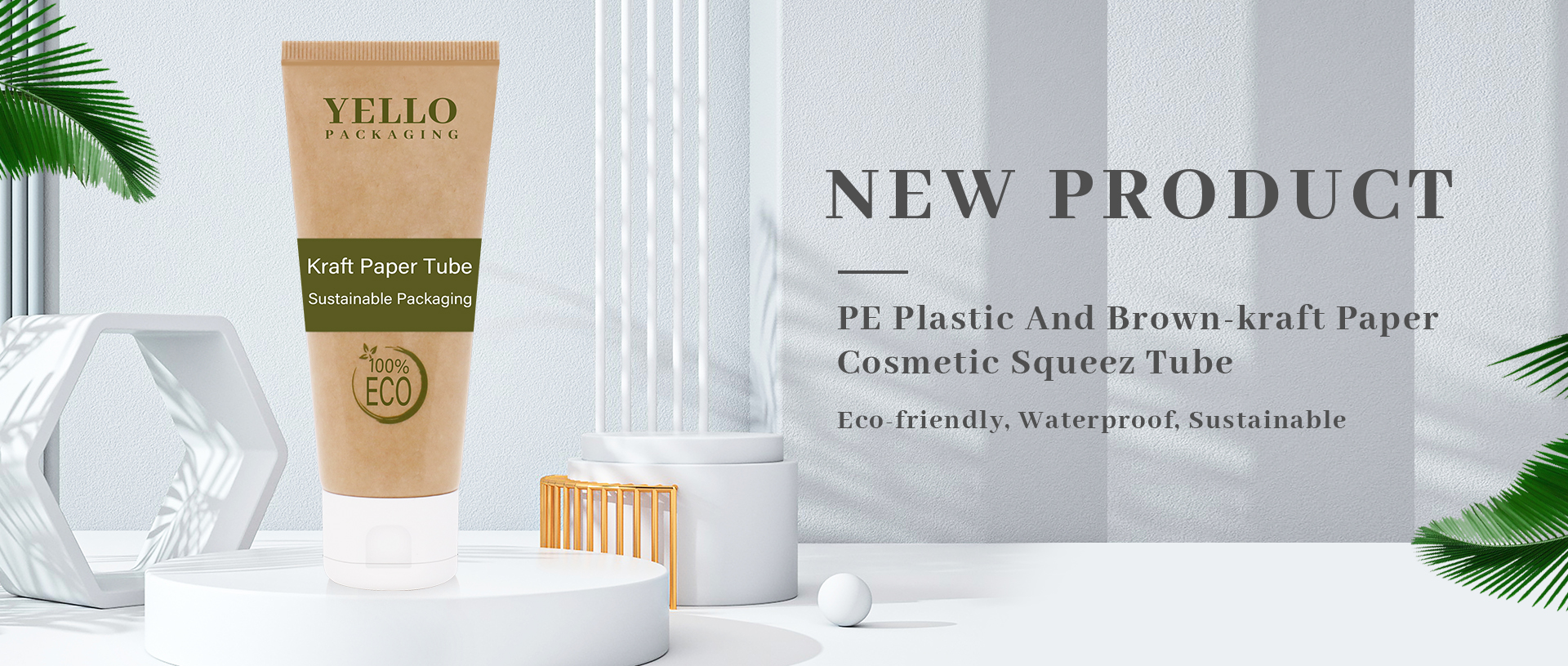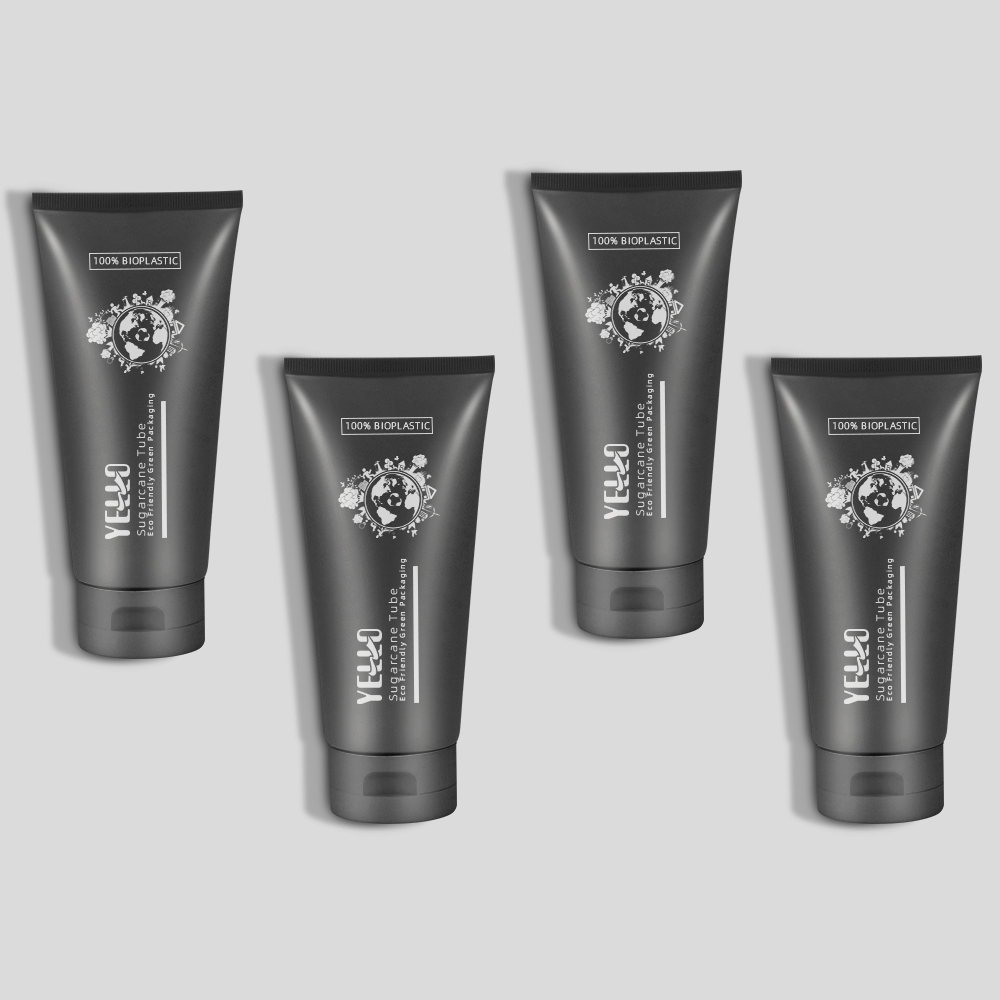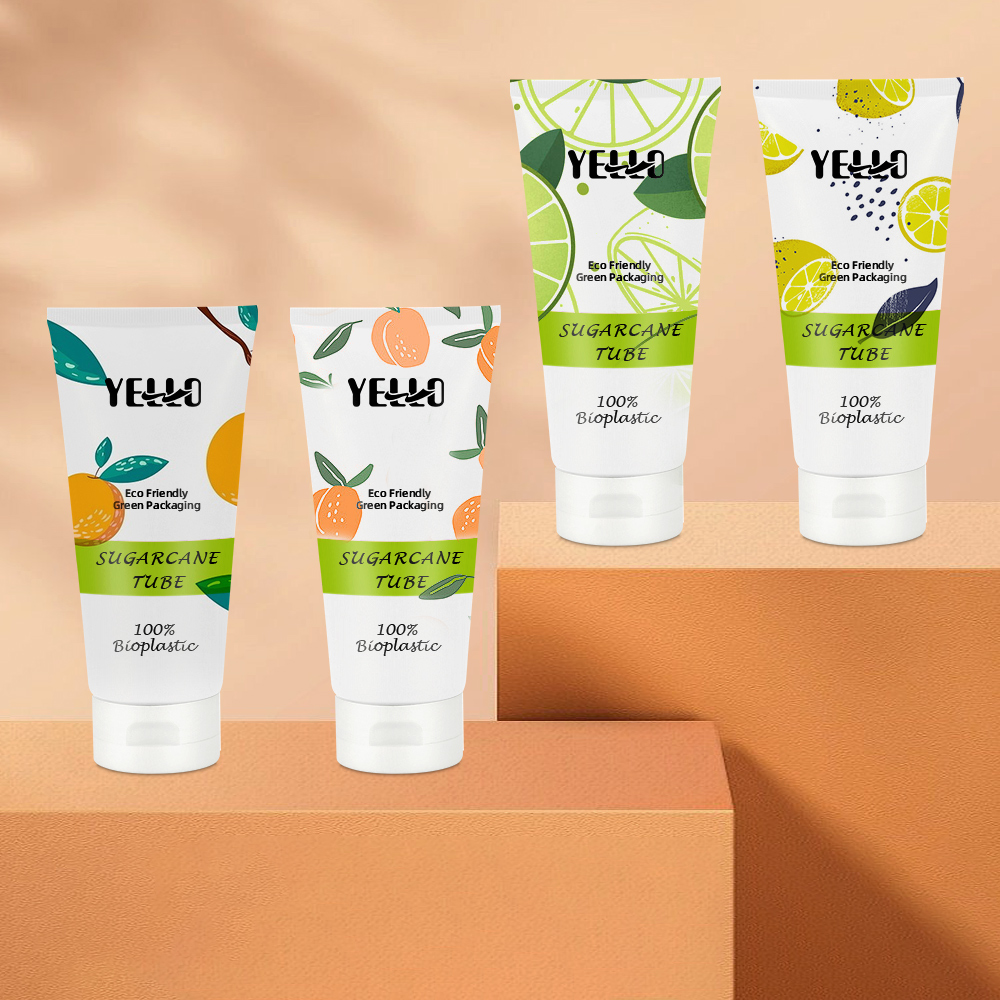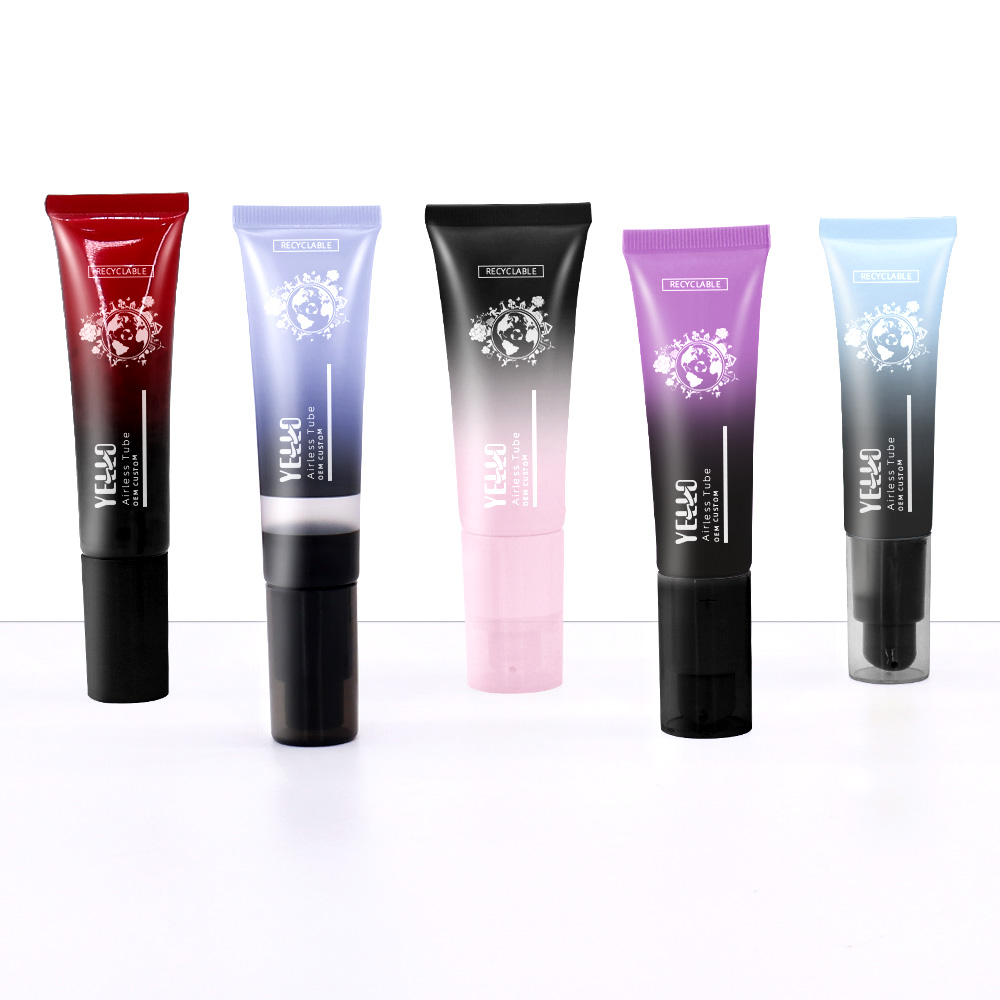Most of the processes commonly used in medicinal plastic cosmetic tubes are offset printing, screen printing and hot stamping.
The common pharmaceutical cosmetic squeeze tube printing process is: dust removal - surface pretreatment - printing (UV ink) - glass varnish UV curing. A dedicated cosmetic tube packaging printer can basically do the above process.
Medicinal plastic cosmetic tube production process - dust removal:
A common problem with plastic materials is that they are relatively prone to static electricity. In the process of producing the plastic cosmetic tube, the raw material is always in frictional contact with the metal mold, which generates static electricity on the surface of the hose, which makes the surface of the cosmetic squeeze tube easy to absorb dust. Therefore, dust removal is required during printing.
Medicinal cosmetic tube packaging production process - surface pretreatment:
Since polyethylene raw material is a non-polar material, surface pretreatment is required before printing. There are two main treatment methods, one is corona treatment and the other is flame treatment. Both of these methods can achieve the purpose of firmly bonding the ink and varnish.

Medicinal cosmetic squeeze tube production process - printing:
Currently, there are two common printing methods for plastic cosmetic squeeze tube. One is offset printing. The ink is transferred to the printing plate by a set of ink rollers, and the printing plate transfers the ink on the printed pattern to the blanket. The blanket then transfers the entire print pattern to the substrate at once.
Offset printing plates are usually made from photocurable resin plate materials which are made through the main exposure, development, cleaning, drying and post-exposure processes. The production time of the printing plate is about 30-40 minutes, and the printing durability can reach more than 100,000.
Currently, the speed of offset printing can reach 12,000 per hour, and the operation process has become easier and simpler. The increase in production speed and the reduction in cost of offset printing has made offset printing widely used for tubular printing.
Another method of tube printing is traditional screen printing. In recent years, the printing accuracy and printing speed of household screen printing machines have been greatly improved. The production speed can reach 5000 pieces/hour, and the overprinting accuracy can reach ±0.2mm. Screen printing is mainly used for color because of the thicker ink layer. Part of a print cosmetic squeeze tube or uncovered varnish product.
Medicinal plastic squeeze tubes for cosmetic production process - coating:
A set of coating units was installed on the offset press, which consisted of two steel rollers and a rubber roller. The adhesion fastness of the varnish is also directly related to the tension on the plastic surface after pretreatment. Varnishes are usually UV-curable varnishes and there are many types such as gloss oils and matte oils. In addition, there are thermoset varnishes and 3-in-1 varnishes for varnishing after offset printing.
Medicinal lotion tube packaging production process - varnish curing:
For UV curing varnishes, the degree of cure of the varnish has a lot to do with the wavelength and UV intensity emitted by the UV lamp. For products that have undergone subsequent processing, such as hot stamping, the degree of curing of the varnish will have a major impact on the quality of the subsequent processing.
Medicinal cosmetic cream tube production process - hot stamping:
Emboss a thin layer of hot embossing paper on it, so the silkscreen doesn't feel uneven. The hot stamping process is mainly divided into several parts: preparation before hot stamping, hot stamping plate, plate installation, determination of hot stamping process parameters, hot stamping test and formal hot stamping.


 Classification and advantages of cosmetic tube packaging
Classification and advantages of cosmetic tube packaging
 The Popular Transparent Cosmetic Tube In The Market
The Popular Transparent Cosmetic Tube In The Market
 Cosmetic Plastic Squeeze Tubes
Cosmetic Plastic Squeeze Tubes
 Comprehensive Inspection Standards For Cosmetics Tube Packaging
Comprehensive Inspection Standards For Cosmetics Tube Packaging